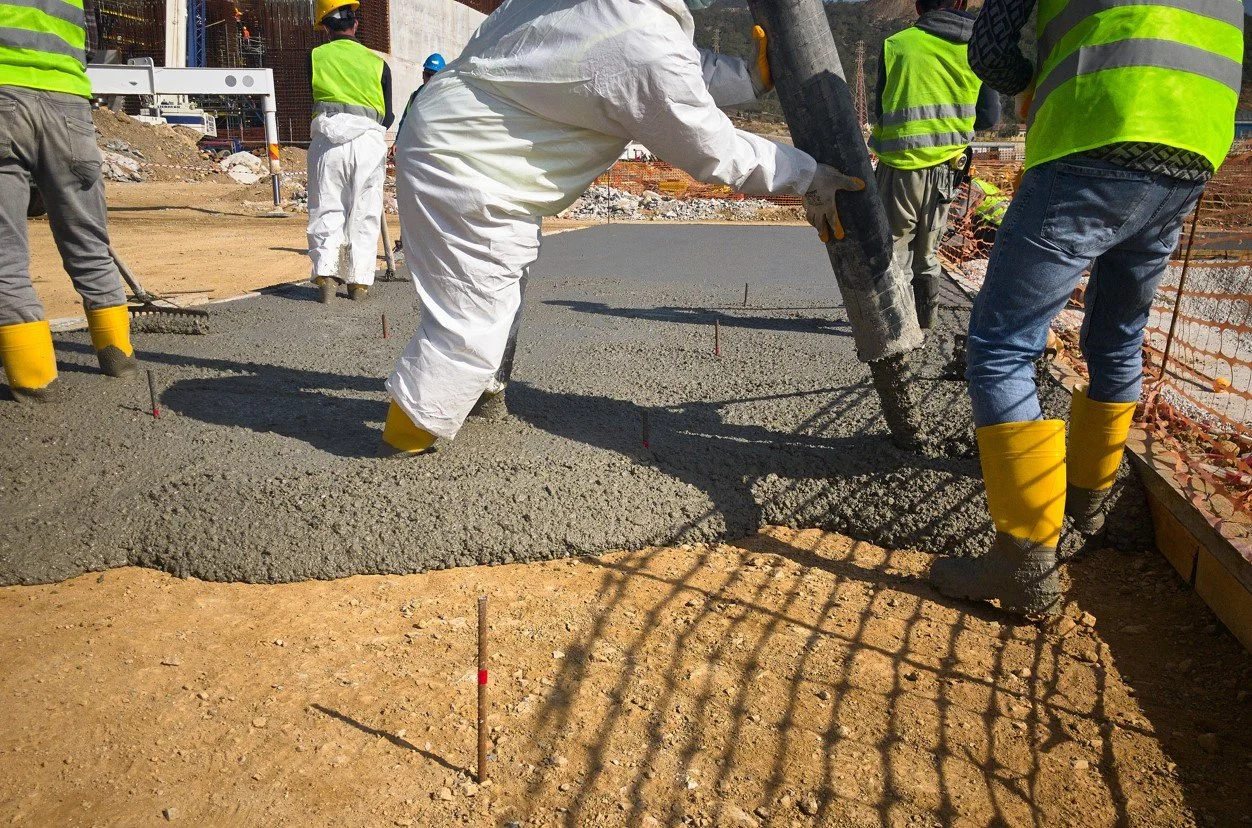Concrete Design: How Creativity Meets Functionality in Architecture and Engineer
Have you ever seen a building and been amazed by its design? Or, have you ever wondered how those intricate designs were created? Today, we're exploring concrete design and how it can be used to create both functional and beautiful architecture. By understanding the basics of concrete design, you'll be able to see how this versatile material can be used in endless ways. So let's get started!
The Importance of Concrete in Architecture and Engineering
As far as the world of architecture and engineering is concerned, concrete is one of the key materials used to make incredible and impressive structures. It's an essential part of many tall towers, bridges, stadiums, dams, roads, and buildings that can survive centuries in their environments. Thanks to the commercial concrete durability and affordability, it fits every purpose, from a large-scale industrial development to a simple backyard patio – all without hassles. This long-lasting material continues to prove its importance since it serves from structural integrity to aesthetic value. With so many advantages concrete offers regarding design flexibility and a range of finishes, there's no doubt this material remains vital in architecture and engineering projects.
How to Use Concrete Creatively in Design
Concrete is a versatile and affordable material that can create unique, visually pleasing designs. Using concrete creatively in design involves experimenting with different shapes, sizes, and textures. Piercing, engraving, or embossing patterns into concrete can provide added dimension and visual interest. Color can also enhance the project’s aesthetic - pigments are commonly used for acid-etched concrete or adding finishes such as waxes or oils. Other detailing techniques like exposed aggregate or rock salt scoring add texture and a subtle three-dimensional quality to an otherwise flat surface. With these approaches, you can turn something as simple as concrete into a stunning work of art!
The Functionality of Concrete in Design
Concrete is an essential component of design that is often overlooked. Far from just being a functional material for construction, it offers architects and designers myriad possibilities for creating artful, innovative spaces. From its ability to take on almost any shape, concrete ensures that projects remain durable, strong, and aesthetically pleasing. Given its long-lasting qualities and willingness to embrace various forms and textures, concrete can be found in some of the most iconic designs worldwide - adding unique character to the architecture and reassuring structural integrity. Moreover, due to its tactile nature, concrete acts as another sensory element when incorporating it into the design - encouraging interaction between individuals and constructions alike!
The Benefits of Using Concrete in Design
Concrete is a versatile material used in design for centuries, bringing many incredible benefits. Its durability and strength are ideal for outdoor structures such as driveways, walkways, or patios. It's easy to work with, resistant to weather damage and wear and tear, and most importantly – affordable! Concrete can also be customized using stains, aggregates, etching techniques, and more. Not only does this give your design an aesthetically pleasing look, but you can also add value to your project with unique touches. Aside from its practical features, concrete can also enhance the architectural appeal of any space. Its subtle color palette may inspire creative minds to create beautiful patterns and textures suited ideally for interior spaces – making it a fantastic choice for homeowners looking to make their mark on any living space!
The Different Types of Concrete Available for Use in Design
Concrete is a valuable construction material, as it can be molded and shaped into any form to meet design specifications. If you’re looking to use concrete in your next building project, you’ll be pleased to know there are many options out there. From the highly durable ready-mix concrete used throughout the construction industry to more specialized materials, such as high-performance concrete that can handle extreme temperatures and pressures – the possibilities are endless! Other concrete types include air-entrained concrete for improved freeze-thaw resistance; lightweight concretes for reduced structural loads on foundations, recycled concrete for sustainability-minded projects, and more. You’ll be sure to find a type of concrete that fulfills all your project requirements.
In conclusion, concrete is an incredibly versatile material for use in architecture and engineering. Not only does it offer excellent physical properties, including a long lifespan and low maintenance needs, but it also offers numerous opportunities for creative design. It can be used as a decorative feature or to form organic fluid shapes that interact with sunlight. Different types of concrete are available to tailor to other designs so designers can find the perfect fit for their budget or provide the best performance. Concrete will bring unparalleled functionality and beauty for years when used thoughtfully and creatively.


